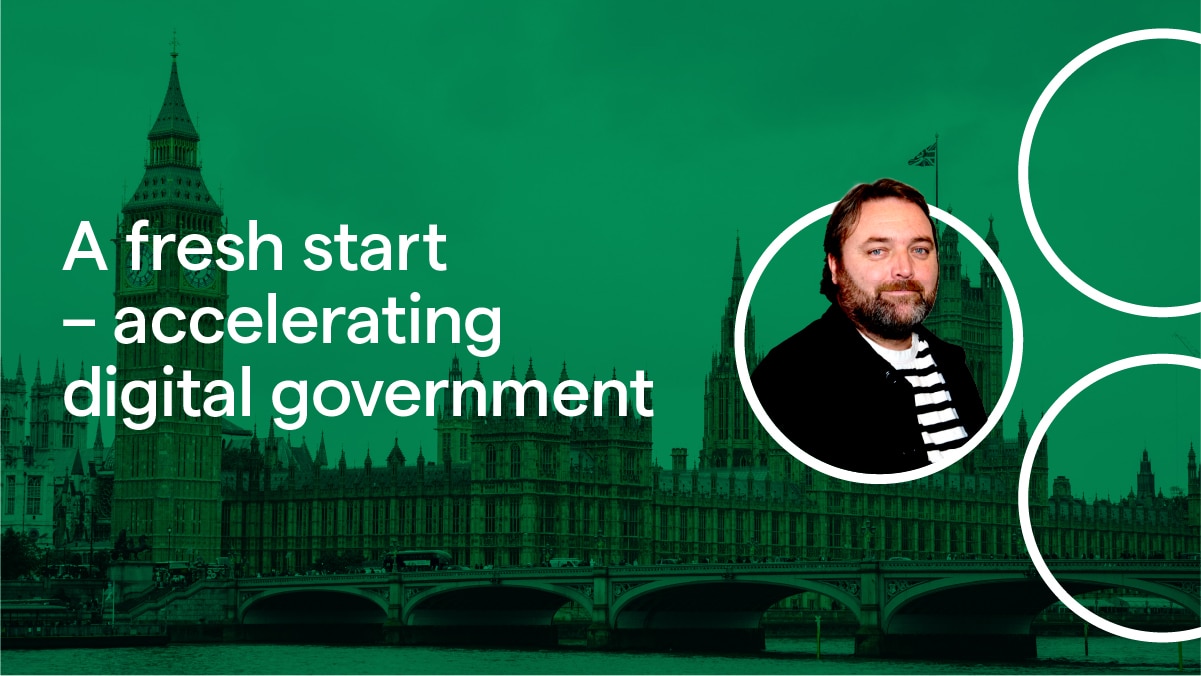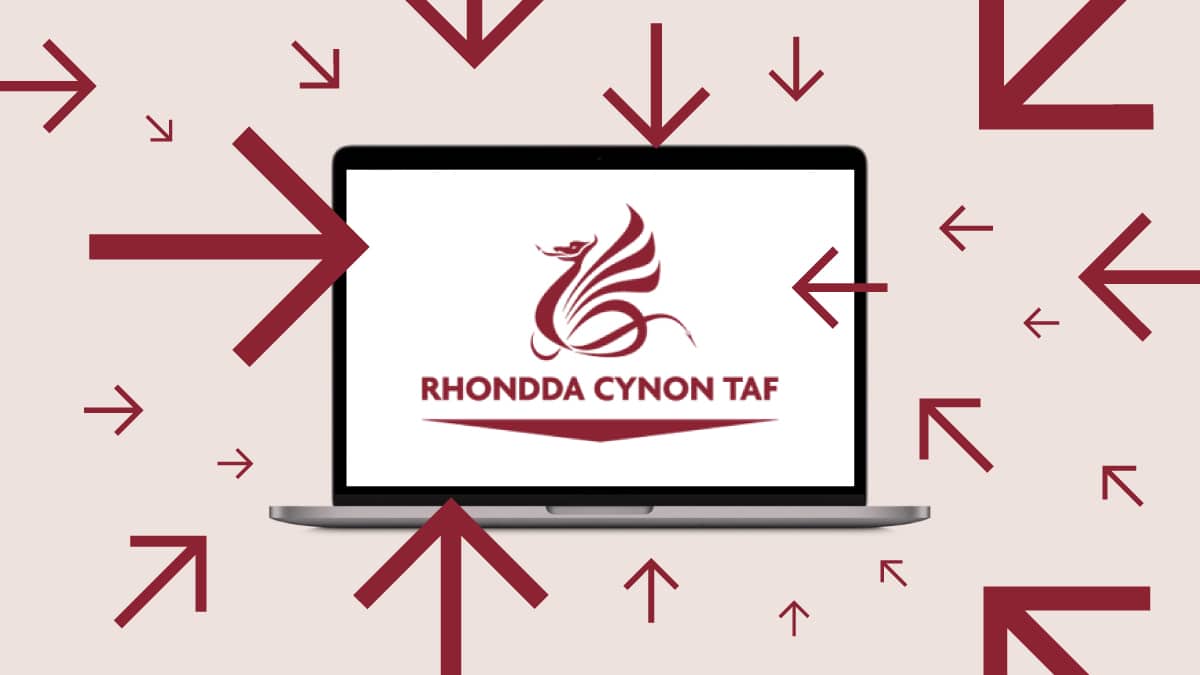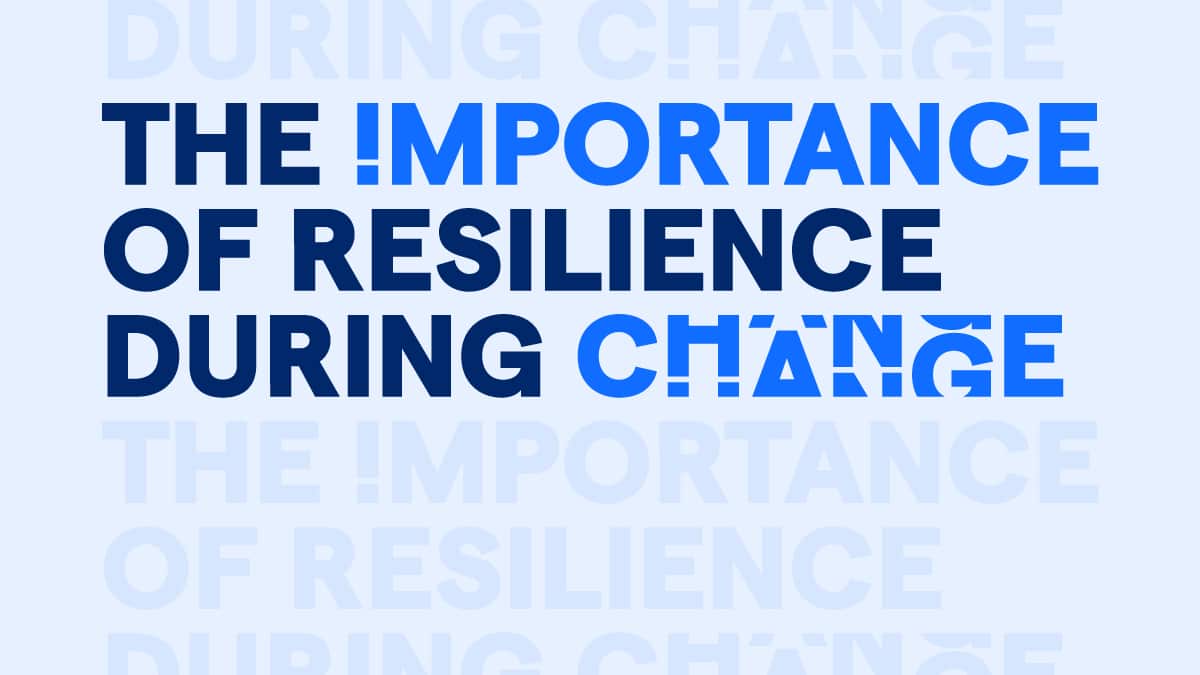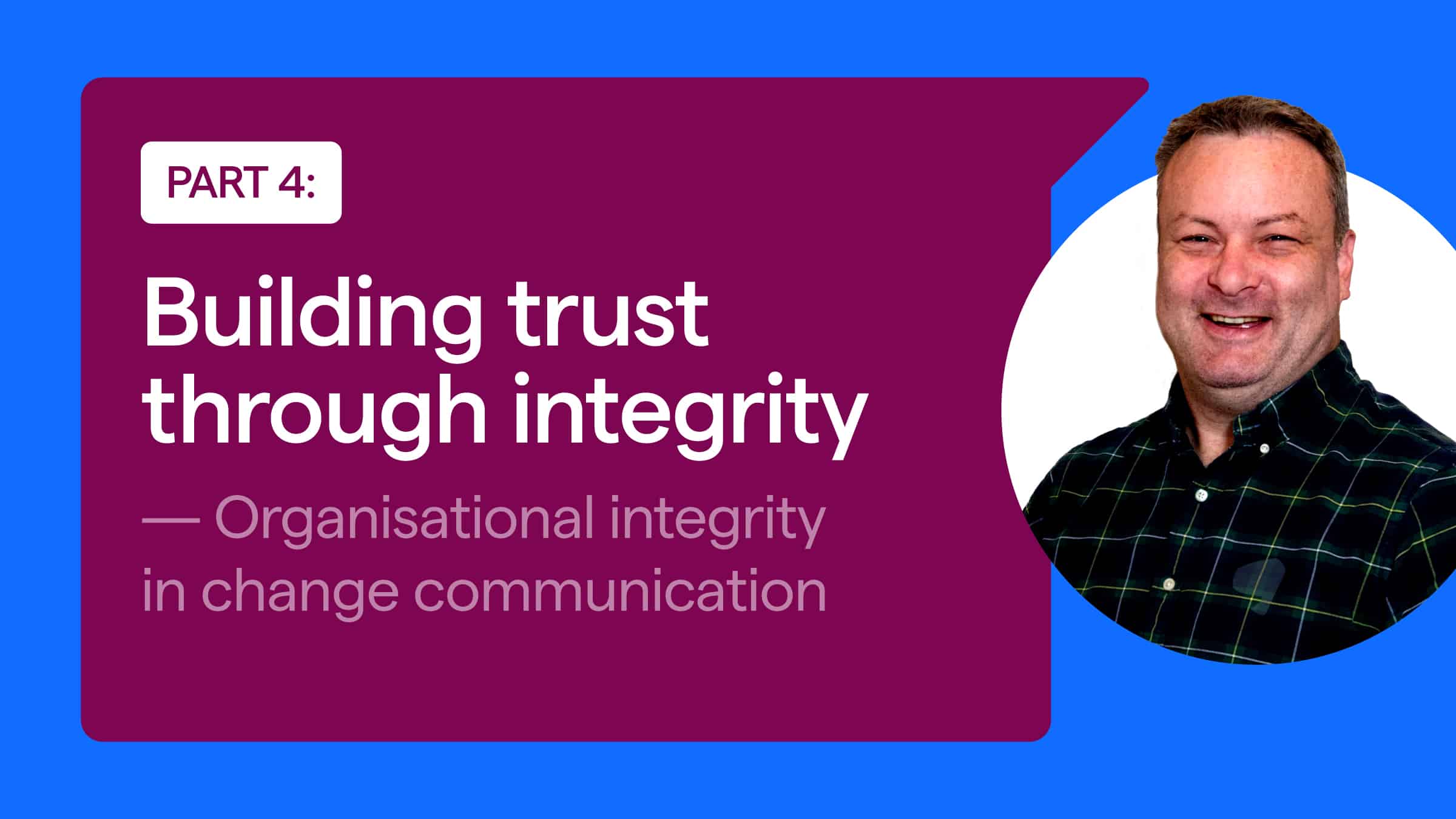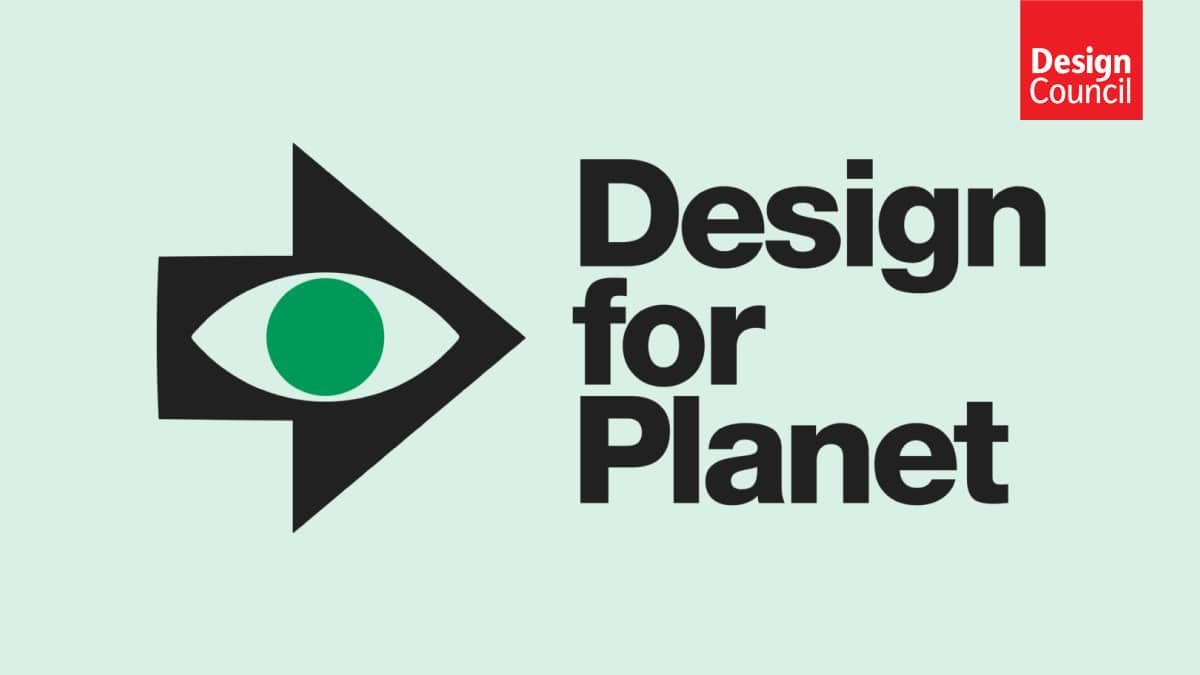Is your digital service sustainable? How to design for tech net zero
9 min read Written by: Cory Hughes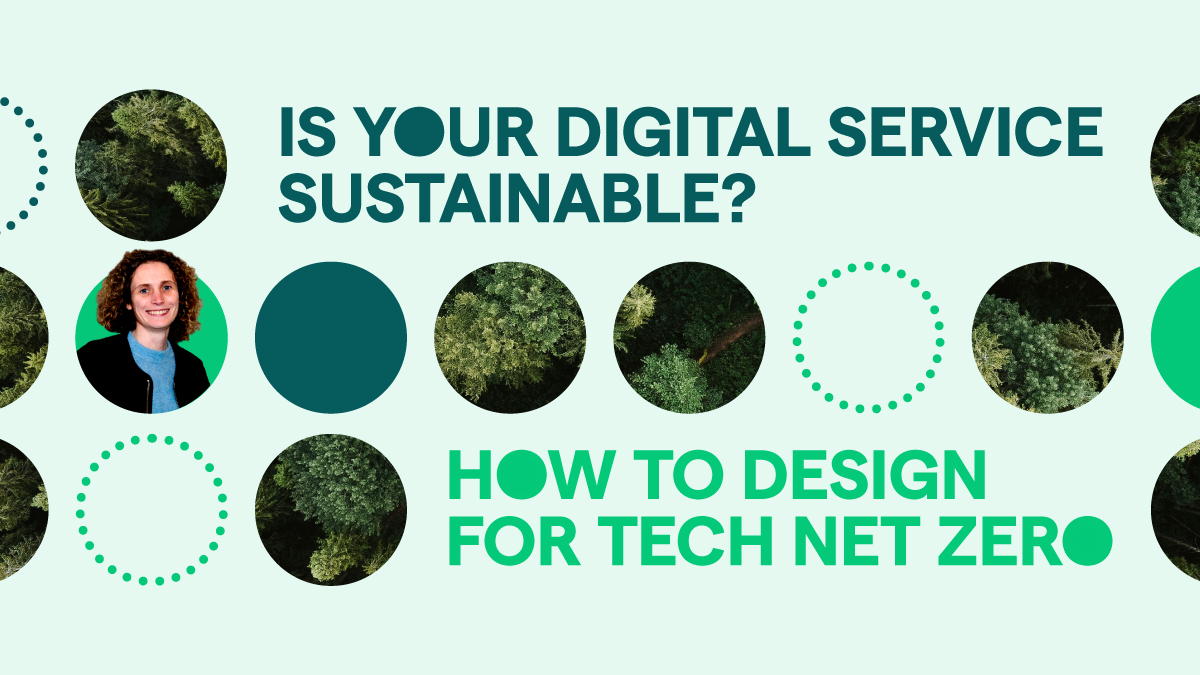
Hi everyone, Cory Hughes here.
I’m the Strategic Design Director at Perago, a company passionate about using design principles to improve digital services for organisations and future generations. We don’t just focus on functionality, we consider the bigger picture – how these services can address social and creative needs in areas like healthcare, education, and even climate change to create stronger and more resilient societies.
Speaking of climate change, have you ever stopped to consider the environmental impact of technology? It might surprise you to learn that the very tools that connect us and make our lives easier can also harm the planet.
- The internet is a massive polluter! In fact, it ranks as the sixth largest polluter in the world.
- Our reliance on devices has grown a staggering 75%.
- Consumers are increasingly environmentally conscious, with the conscious consumerism market valued at over £41 billion.
So, what does this mean for the digital services we use every day? It means we need a fundamental shift – we need to start designing them with sustainability in mind. Imagine public services that are efficient and effective, but also use less energy and have a smaller environmental footprint.
It all boils down to data. We collect a massive amount of data to power our digital services, and that data consumption requires a lot of energy. But there’s hope! By embracing user-centred design principles, we can create services that are both effective and environmentally friendly.
10 Ideas for designing net-zero digital services
Here are some ways we can start designing user-centred services that are better for the planet:
- Consider the whole ecosystem. Don’t just focus on the user interface. Think about the environmental impact of every stage of your service, from design and development to deployment and use.
- Analyse your service touchpoints. This could involve using a simple web carbon calculator to see where your service uses the most energy. Are there unnecessary features or functionalities that can be streamlined?
- Be transparent. Share your sustainability efforts with your users and be open about the challenges. This builds trust and encourages others to get involved. Consider writing blog posts or hosting webinars to discuss your journey.
- Focus on user goals. Make it easy for users to complete tasks quickly and efficiently. The less time users spend interacting with your service, the less data is generated, and the less energy is consumed.
- Sustainable design is good design. By making your service efficient and user-friendly, you’re also making it easier for everyone to use, including people with disabilities. Sustainable design and accessibility go hand-in-hand.
- Optimise speed and findability. A faster, more streamlined service uses less energy. Focus on optimising page load times and ensuring clear navigation so users can find what they need quickly.
- Go green with your hosting. Look for providers that use renewable energy sources and energy-efficient technology. Many companies are offering eco-friendly hosting solutions – do your research and make a switch!
- Sustainable procurement. Put sustainability high on the agenda when making purchasing decisions for hardware, software, and other resources needed to run your service.
- Think long-term. Sustainability is a journey, not a destination. Develop a plan for continuous improvement, setting goals and tracking your progress over time.
- Collaboration is key. No one organisation has all the answers. Work with others to share knowledge, develop expertise, and create a sustainable future for digital services. Look for industry partnerships and participate in initiatives, for example, read more about Wales’ ambition to hit net zero targets by 2050.
The road to tech net zero
These are just the first steps on the road to designing truly sustainable digital services. By embracing these ideas, we can create a future where technology helps us not just connect and work more efficiently, but also live in harmony with the planet.
